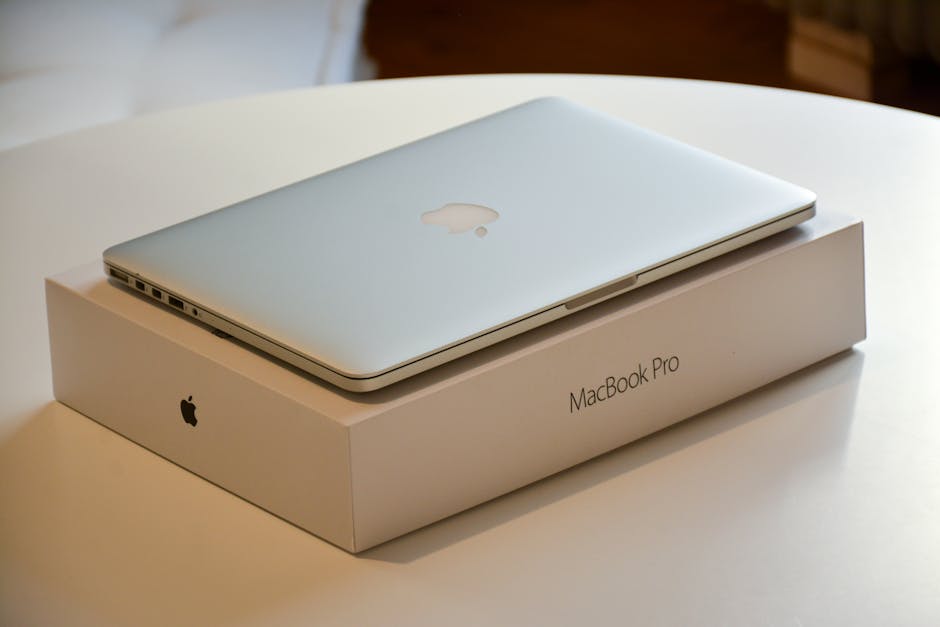Setting Clear Expectations for Hybrid Employees: A Guide for Modern Workplaces
“As workplaces evolve post-pandemic, setting clear expectations for hybrid employees is crucial. This guide covers key areas including flexibility, professional decorum, home office setups, and digital proficiency, helping managers create a productive and engaging hybrid work environment. ”

The New Normal: Setting Expectations in a Hybrid Work Environment
In the wake of the COVID-19 pandemic, the workplace landscape has undergone a seismic shift. With remote work options becoming a staple in many organizations, it's crucial for leaders to formally establish expectations for employee performance in this new hybrid environment. Gone are the days when we could overlook barking dogs during presentations or colleagues in sweatshirts working from their kitchen counters. It's time to set clear guidelines that balance flexibility with professionalism.

Flexibility: The Cornerstone of Hybrid Work
Flexibility in schedule and location has become a non-negotiable for many employees. Recent surveys indicate that over half of workers would consider leaving their jobs if they weren't allowed to retain some level of flexibility. To retain top talent and boost productivity, companies need to develop comprehensive remote work agreements that cover four key areas:
- Flexibility in schedule and place
- Professional decorum
- Home office setups and data/equipment security
- Digital tools and training
When determining the level of flexibility, consider:
- Expanding hours of operation or customer support
- Offering standardized schedule options (e.g., four 10-hour workdays)
- Setting core office hours while allowing employees to manage the rest of their time
Remember to consult legal and HR experts to ensure compliance with laws regarding exempt and nonexempt employees, especially concerning time tracking and pay.
Professional Decorum in a Virtual World
As the lines between home and office blur, it's essential to establish clear guidelines for professional behavior in virtual settings. Consider addressing the following:
- Appropriate attire for video calls
- Acceptable backgrounds for virtual meetings
- Expectations for managing background noise and distractions
Be mindful of inclusivity when crafting these policies. Dress codes should be gender-neutral and respectful of religious or cultural practices.
Home Office Setups and Data Security
Employers have a responsibility to ensure a safe working environment, even when that environment is an employee's home. Consider offering remote office stipends to help employees create ergonomic and properly equipped home offices.
Data security is paramount in a distributed work environment. Implement policies that include:
- Requiring company laptops to be locked when not in use
- Ensuring work conversations remain confidential
- Prohibiting family members from using company equipment
- Standardizing the use of VPNs to protect data

Digital Proficiency and Collaboration Tools
In a hybrid work model, proficiency with digital collaboration tools is non-negotiable. Standardize a suite of collaboration tools and provide comprehensive training to ensure all employees are competent users. Consider offering remote work certification programs to help managers adapt to the nuances of leading distributed teams.
Communication is Key
As we navigate the transition to hybrid work, maintaining open lines of communication with employees is crucial. Work collaboratively to develop policies that make employees feel valued and heard. This approach can help minimize attrition and foster a positive work culture.
Some companies have developed innovative approaches to manage the transition:
- Microsoft created a hybrid workplace dial with six defined stages to respond to changing health conditions.
- Lockheed Martin formed an "LM Forward team" to determine post-pandemic operations, finding that over 40% of their employees won't return to the office full-time.
Conclusion: Embracing the Future of Work
Setting clear expectations for hybrid employees is not just about maintaining productivity; it's about creating a work environment that respects individual needs while fostering collaboration and innovation. By addressing flexibility, professionalism, security, and digital proficiency, organizations can build a robust framework for success in the new era of work.
Remember, the key to a successful hybrid work model lies in continuous adaptation and open communication. As we move forward, let's embrace the opportunities that this new way of working presents, creating workplaces that are more inclusive, flexible, and ultimately, more human.

By setting clear expectations and providing the necessary support, we can ensure that our collaboration benefits businesses in ways we never thought possible before. The future of work is here, and it's up to us to shape it into something extraordinary.